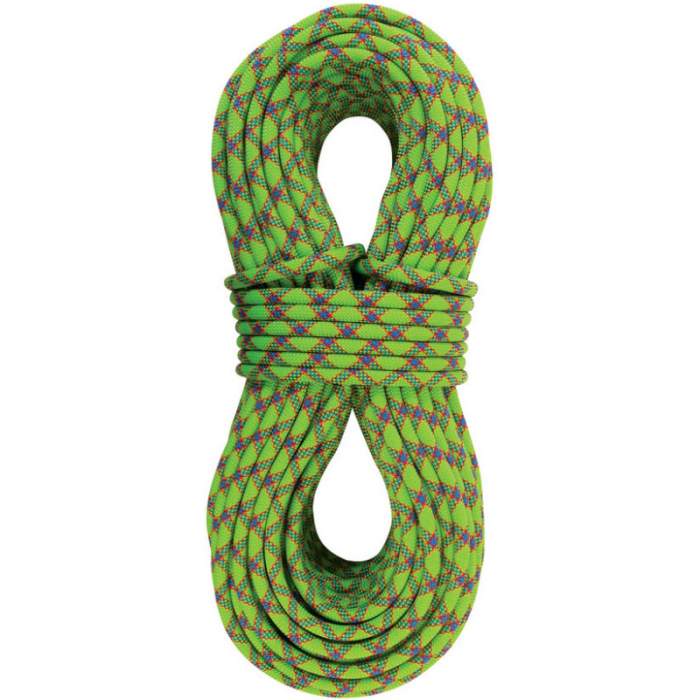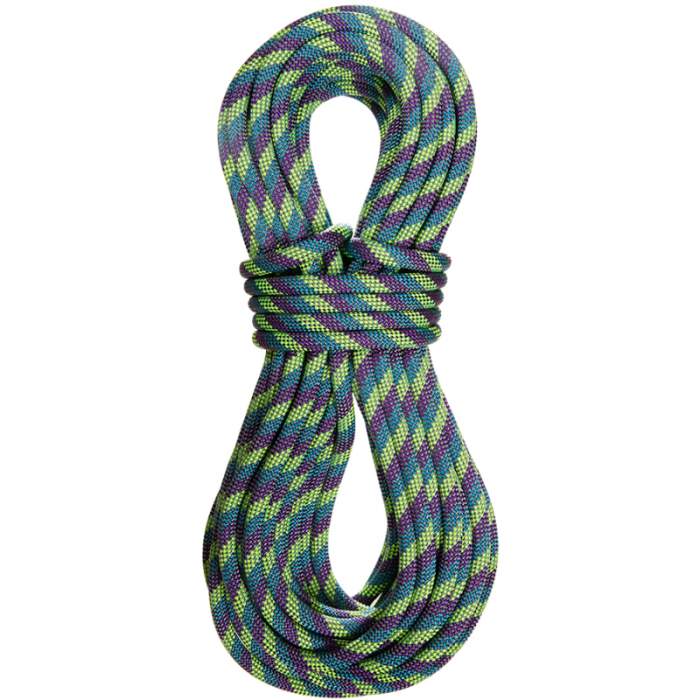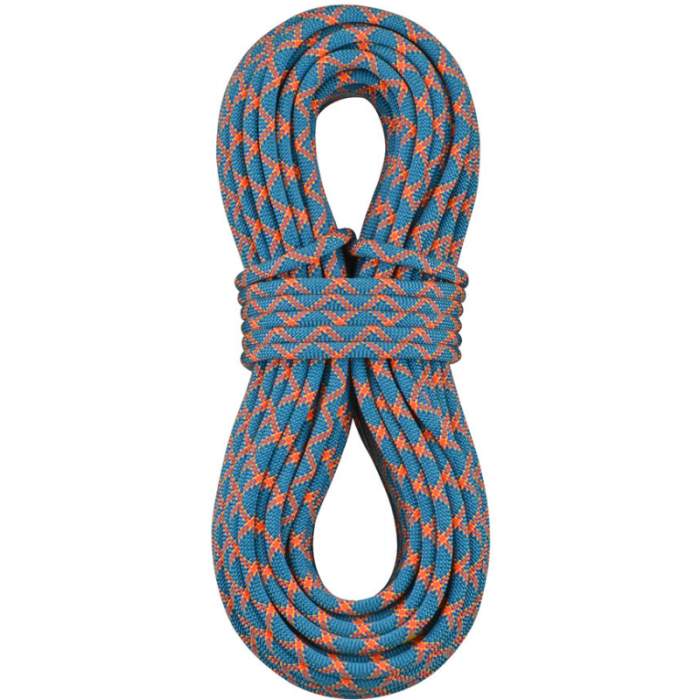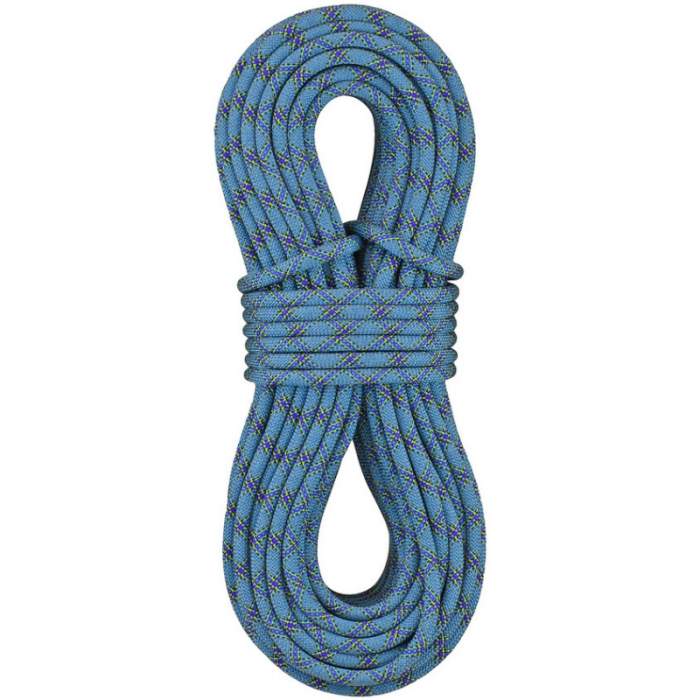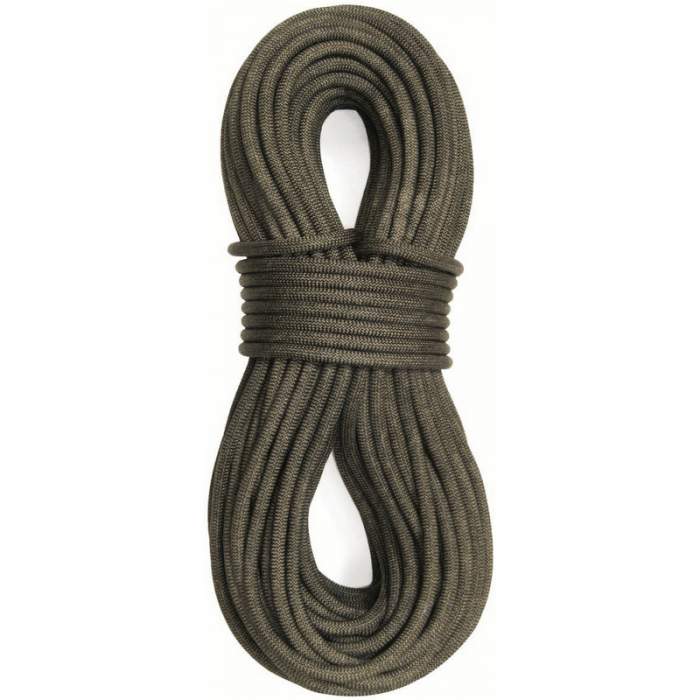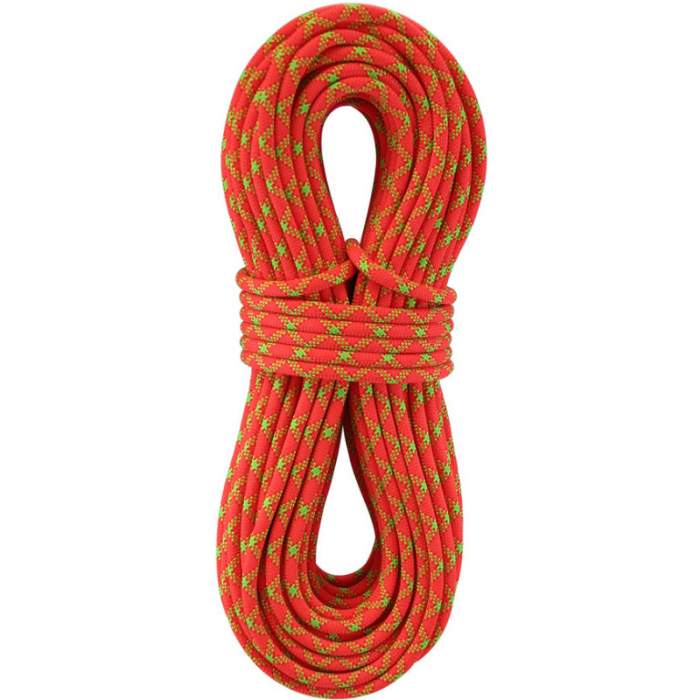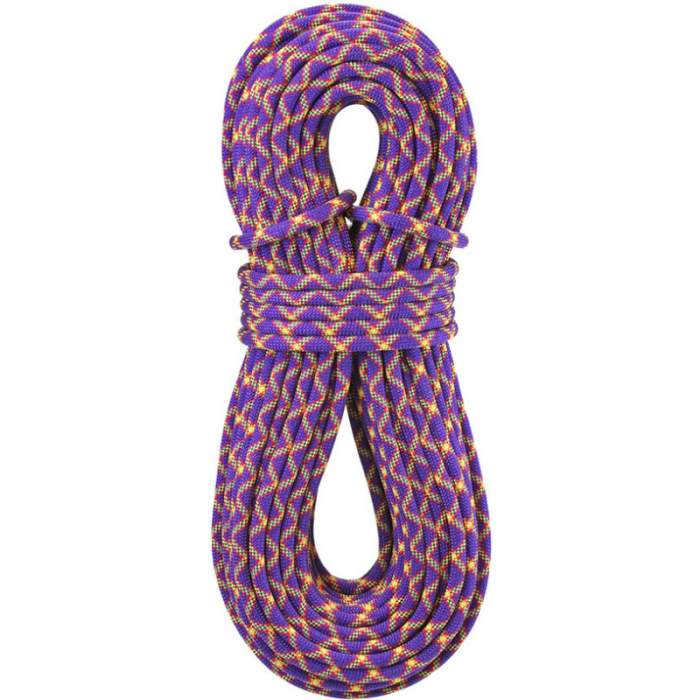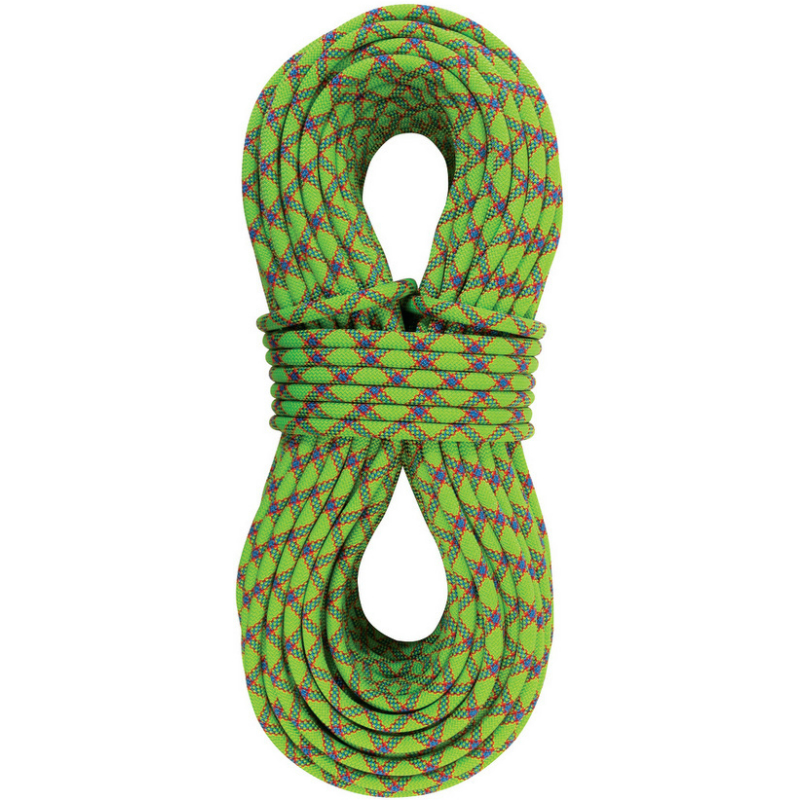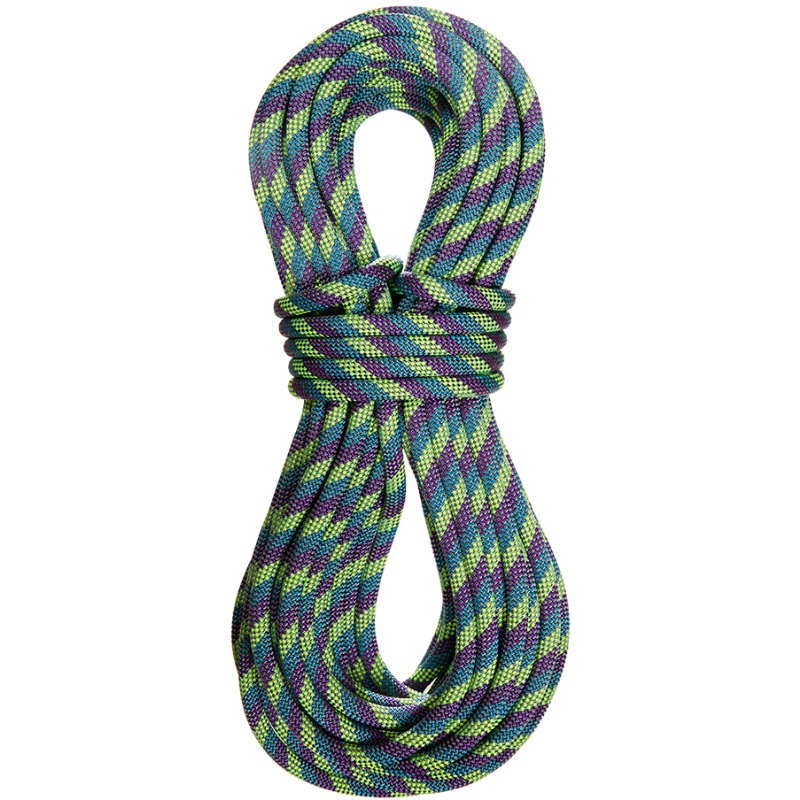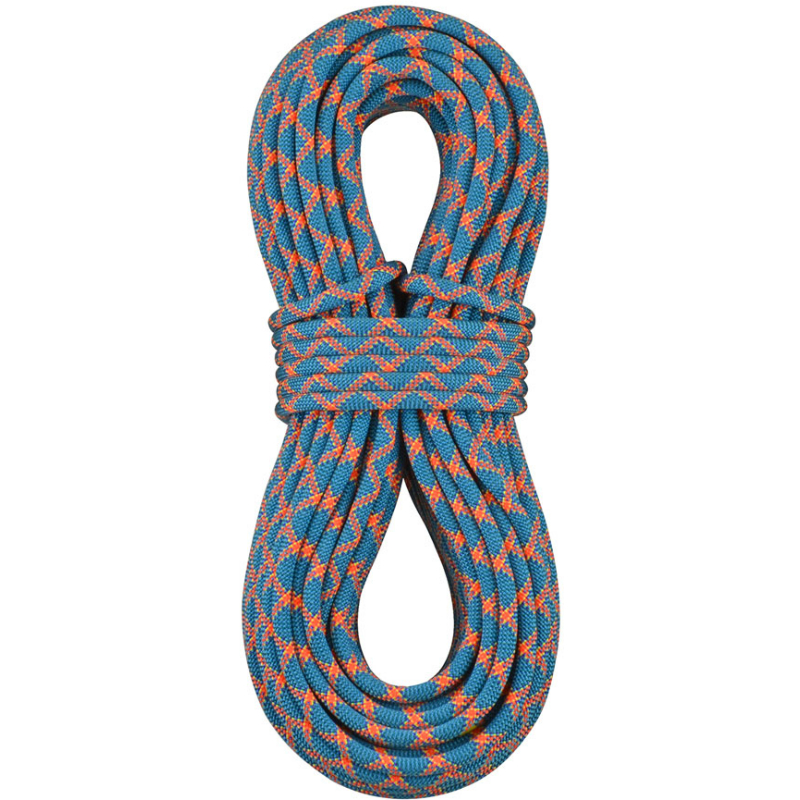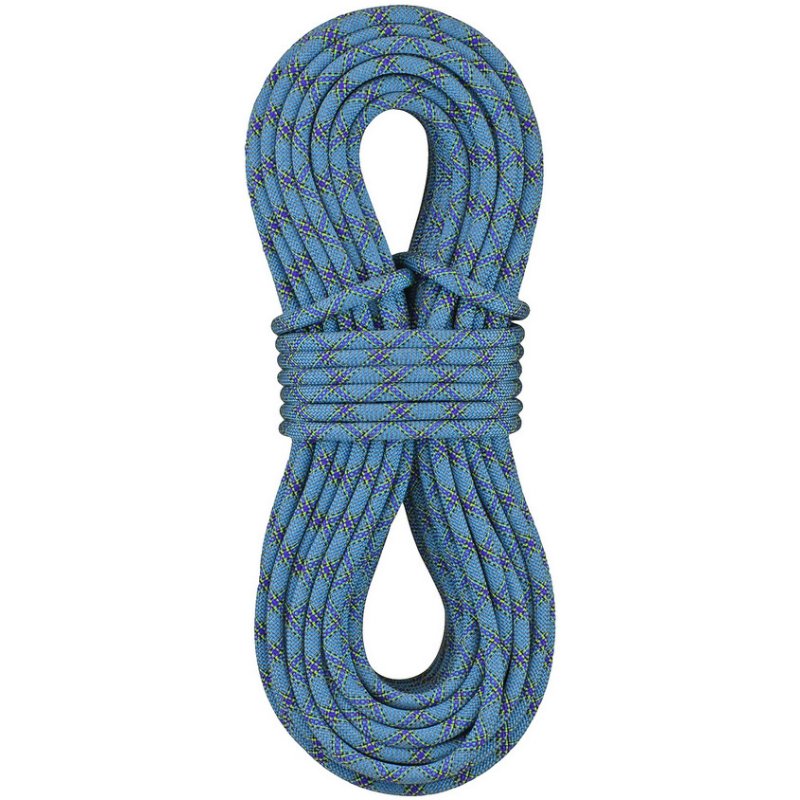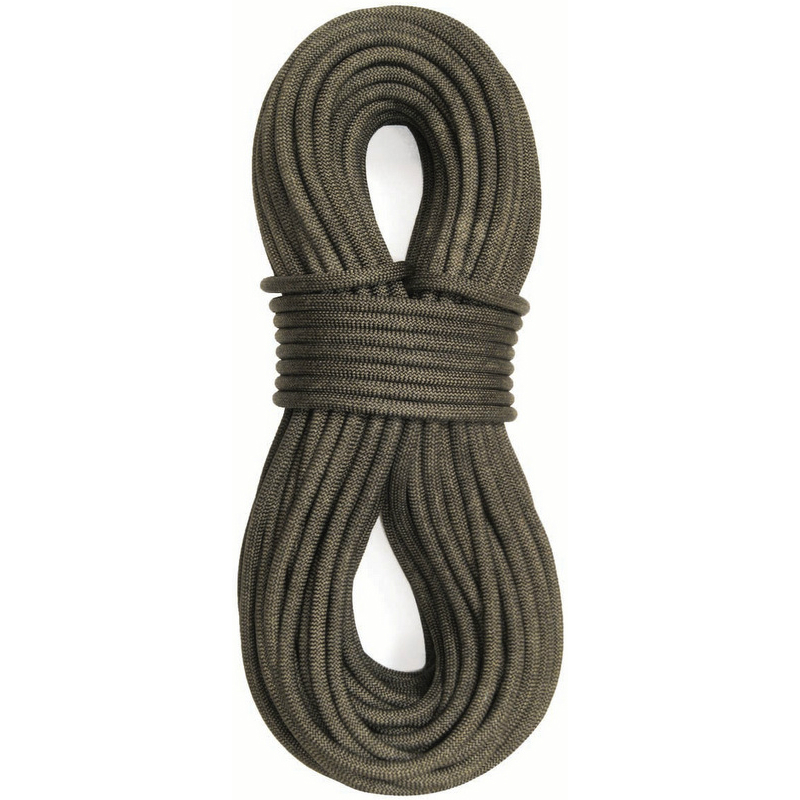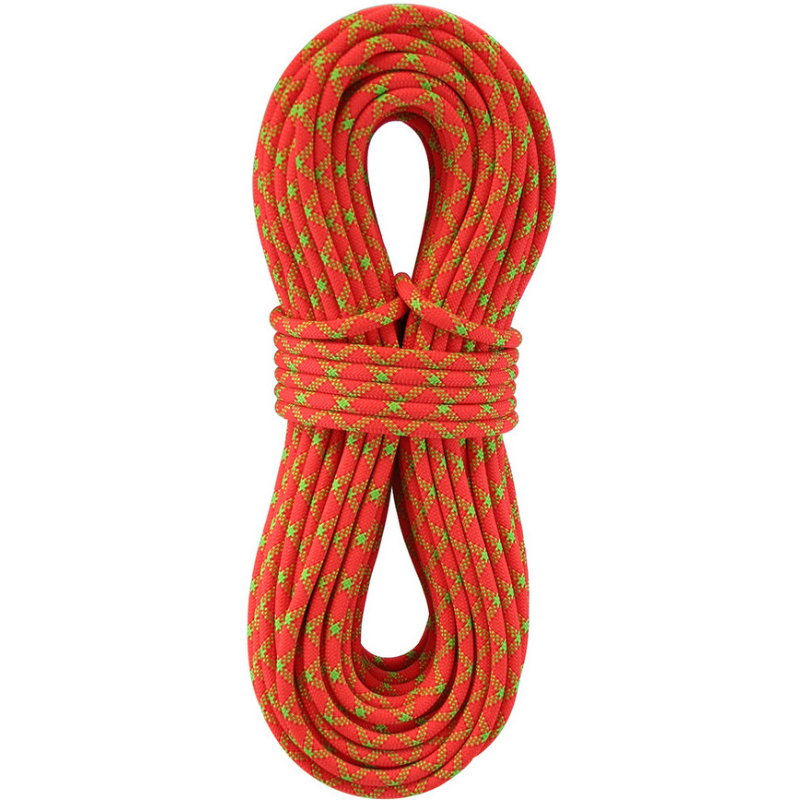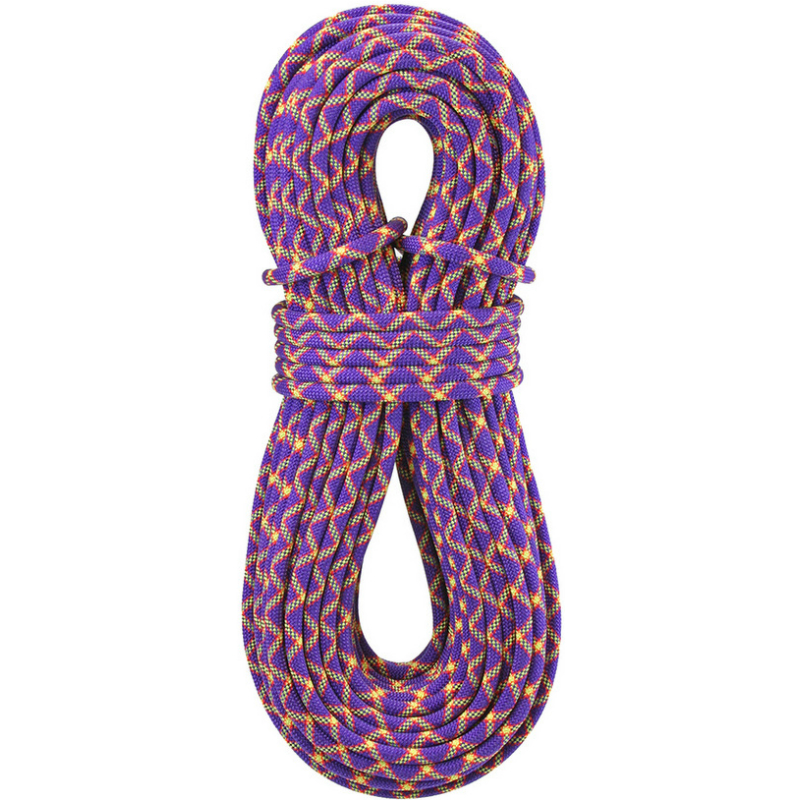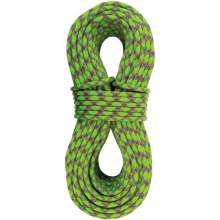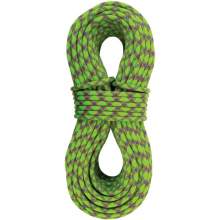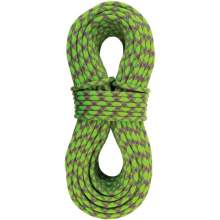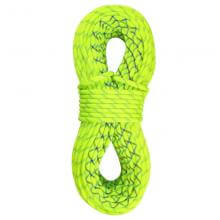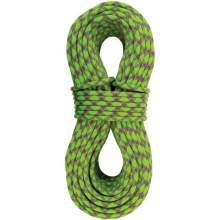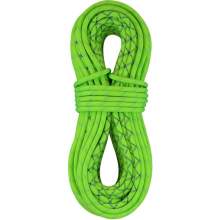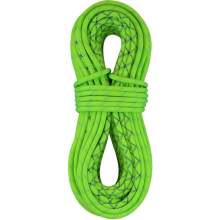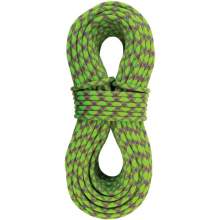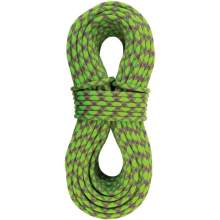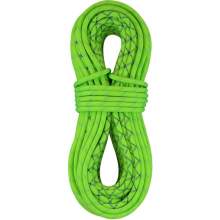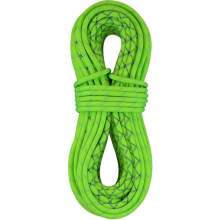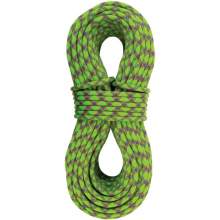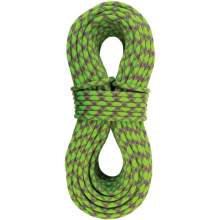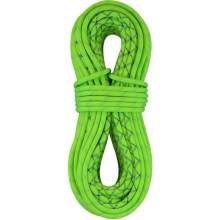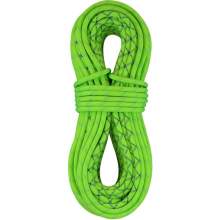9.8mm Evolution Velocity 60m
Description
This 9.8mm rope has it all and is our most popular of the Evolution series. Just the right amount of stiffness, so your rope doesn't flop during critical clips and its silky smooth sheath withstands abrasion and slides effortlessly to reduce rope drag. This is the rope of choice for Chris Sharma and is what he uses for working the toughest routes. The Velocity is our best selling “do it all” rope in the sub 10mm size range, great for sport, trad, steep ice, and hard mixed routes. The lightweight, durability and great handling on this rope makes it perfect for both novice climbers and experienced athletes!
This 9.8mm rope has it all and is our most popular of the Evolution series. Just the right amount of stiffness, so your rope doesn't flop during critical clips and its silky smooth sheath withstands abrasion and slides effortlessly to reduce rope drag. This is the rope of choice for Chris Sharma and is what he uses for working the toughest routes. The Velocity is our best selling “do it all” rope in the sub 10mm size range, great for sport, trad, steep ice, and hard mixed routes. The...
read moreRetail price
This Product is Hard to Find.
We don’t know where you can buy this item online in the US. We’ll continue to check all the major retailers and will update this page as soon as we find one.
If you know where to find this online in the US, let us know, and we’ll add the link.


| Weight | 62.0 g/m 8.201 lbs / 3720 g |
| Diameter (millimeters) | 9.8 mm |
| Length (meters) | 60 m |
Rope Type  | Single |
UIAA Falls (Single / Half / Twin)  | 6 falls / 0 falls / 0 falls |
Dynamic Elongation (Single / Half / Twin)  | 26.4 % / 0.0 % / 0.0 % |
Static Elongation (Single / Half / Twin)  | 8.6 % / 0.0 % / 0.0 % |
Impact Force (Single / Half / Twin)  | 8.80 kN / 0.00 kN / 0.00 kN |
Dry Treatment  | Core only |
| Sheath Proportion (%) | 35.0 % |
| Sheath Slippage (mm) | |
| Type of Middle Mark | Marking |
| Rope End Marker | None |
| Certification | CE |
RFID / NFC Option  | None |
No reviews yet.
In the fall of 2014, when Kitty Calhoun and I made our gear list for climbing Tangerine Trip, a big-wall aid route on El Cap in Yosemite, it was I who said “I got the lead rope”. I had been climbing with my 9.8mm Evolution Velocity for a summer and it had proven itself with strength, durability, and handling. Just what you need when you’re about to head up the biggest piece of rock there is in the lower 48!
Good “workhorse ropes” are ones those that can take a beating but are also reasonably light for long approaches and use on big wall climbs. There are many great ropes in this category, but my favorites are the Mammut Tusk 9.8mm, the Sterling Velocity 9.8mm, and the Maxim Glider 9.9mm. These ropes have displayed great durability, have a nice “hand” (supple, smooth), and have kept me alive in many uncertain circumstances. Ropes with a diameter less than 10mm feature good balance of weight and durability, nice movement through belay/rappel devices, and a tendency of NOT breaking the bank. These ropes are most appropriate for lead climbing, but are also good for top roping so long as they are not moving across a lot of sharp edges. For people that are primarily top-roping, a thicker rope is more appropriate because there is simply more sheath to protect the core from abrasion.
Pro climber talks about Sterling ropes, why he chooses 9.4mm Fusion Ion2 and 9.8mm Evolution Velocity.
In this video Joey Kinder talks about 9.8mm Evolution Velocity of Sterling Rope, he explains why he chooses this rope.
In this video Whitney Boland talks about her life, her struggle against a chronic disease and climbing, she explains why she chooses Fusion Nano, Fusion Ion2 and Evolution Velocity ropes.
Anna and Matteo talks about their life, climbing and Sterling Ropes, they explains why they use Sterling Rope.


